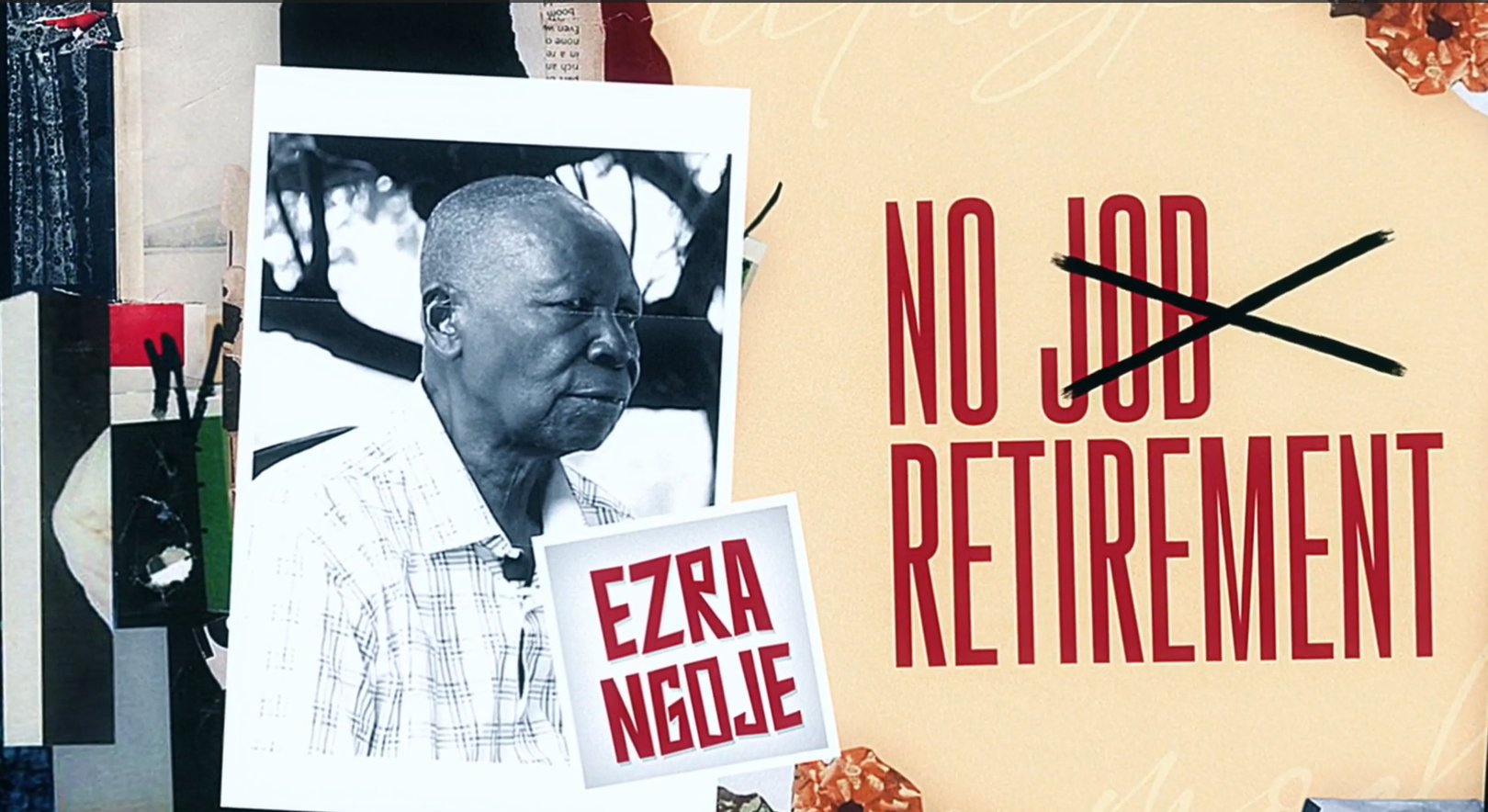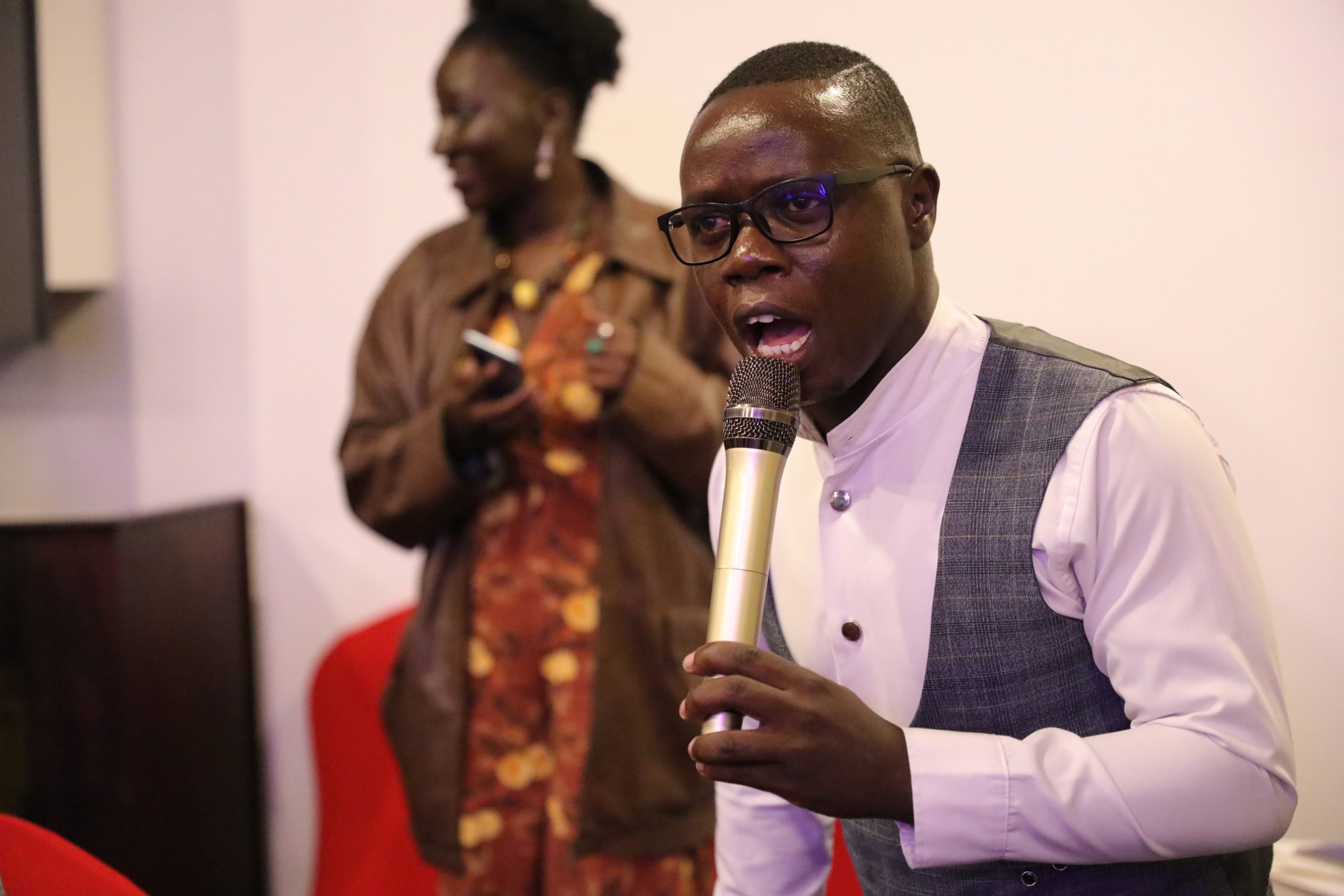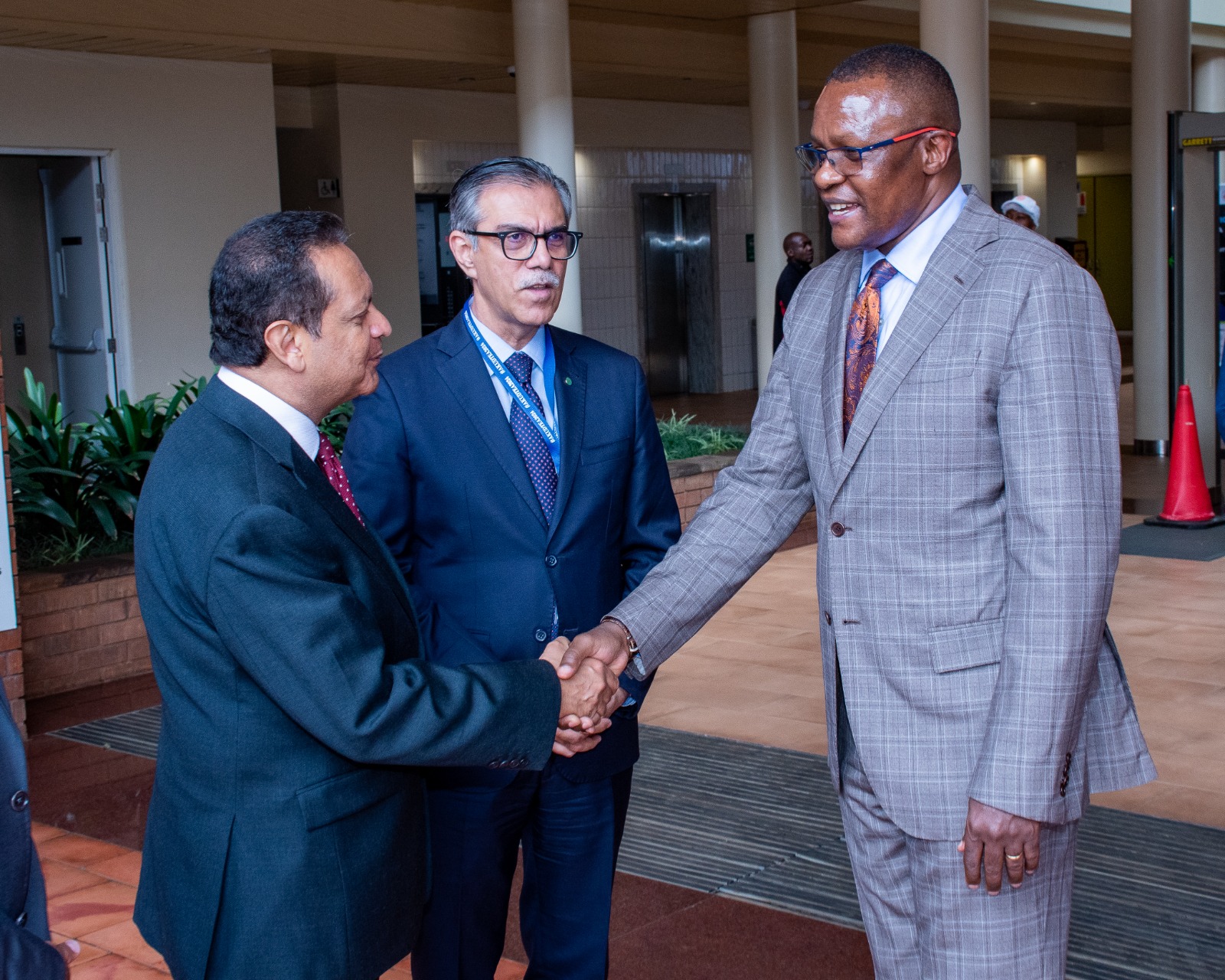Isn’t it ironic that I have experienced flooding twice in Kisumu, given that I am a Manyala who has lived most of his life away from the cradle land over the fear of floods that are perennial on our lands.
The end of La Nina, a dry period that saw temperatures rise to a record 41 degrees on February 27, amidst long periods of heatwaves and bone-dry weather, is breaking up with rain showers.
These are coming in the infamous violent evening storms with forked streaks of lightning splintering over the great lake INyanza, that rage violently for less than an hour moving like black pillars stretching from haven to earth.
These storm waters then wash over the hilly folds that surround the lake and descend to the lowlands in violent energy that could power Kisumu City but instead washes over small business premises like ours.
Like all the typical floods on the lowlands that slope towards the lake, the water is fierce, fast and destructive leaving in its wake debris and fear of the warning thunders that should be hoovering around for the next couple of months.

Read also: Travelling through Kisumu, beware trailers falling from the sky
For small businesses struggling to juggle between rent and keeping the door open under difficult economic environment and considering flood insurance, this extra layer of costs on loss and repair could mean disruption, moving to new locations, or easily putting some out of business when the damage to machines is severe.
uninsured shocks
We have been lucky twice, which is so much grace, considering the potential damage the water poses to a small photo studio like ours, it could be crippling. Seamless Frames lives to fight another day in the precarious life cycle of Kenyan SMEs with very little to draw as lessons.

While debating what we should do, we explored private solutions for public problems. What if we retrofitted our doors or even petitioned Maseno University Retirement Benefits Scheme MURBS, the owner of the building, to entomb us from the natural elements?
None of these solutions were effective enough given the commonality of the spaces and the extent of the flooding that a building owner cannot solve alone.
In the end, it was decided that we would stack up our lighting and chairs, put up everything higher than the level the water reached last time, and hope that the storms wouldn’t get more violent.
We chose reactionary resilience and behaved like my people, temporarily moving to higher ground and returning when the flood water washed into the lake, skirting around the real issue.
Land of engineers
Kisumu has a drainage problem, not because the county and the national government have not dug enough trenches around state offices, but because we have not seen boldness in local engineers designing scale projects that look at the topography of this city and come up with new thinking around drainage.
I feel that Kisumu should model the architecture of the lands that surround the great lake INyanza, a shared geography that stretches three countries at the heart of East Africa.
Such an architecture can only be built on the resilience of human and business quarters that can withstand the almost certain seasonal weather cycles of the great lake in INyanza.
Discover more from Orals East Africa
Subscribe to get the latest posts sent to your email.










